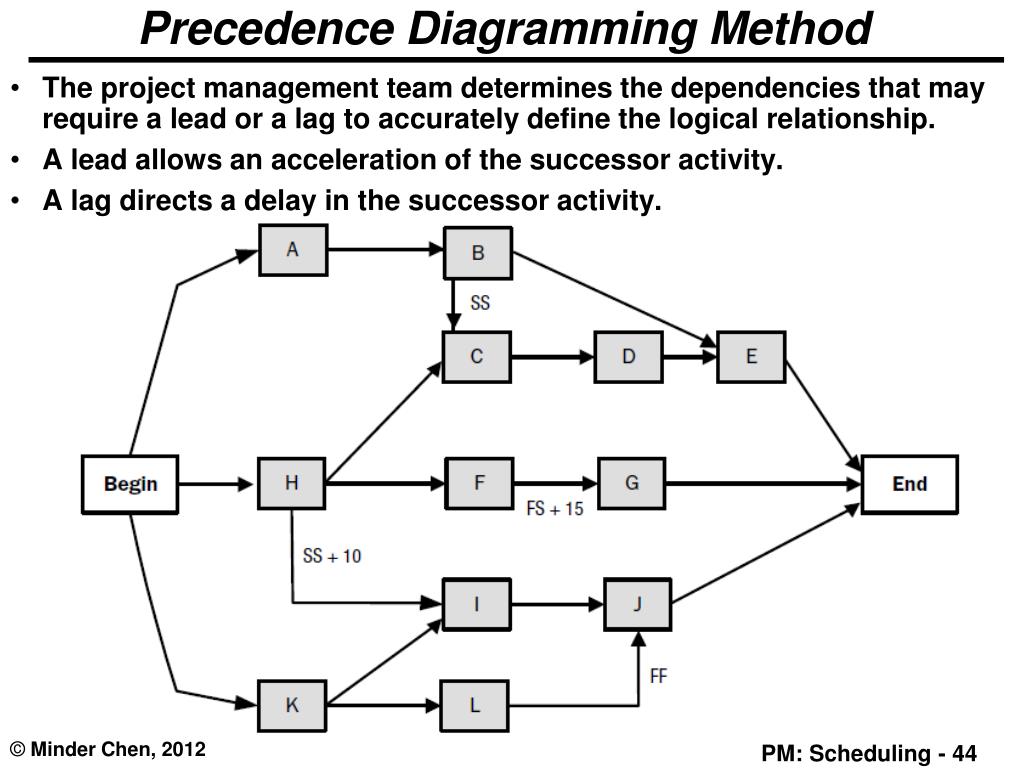
- Minimum delay coverload dependent delay generator#
- Minimum delay coverload dependent delay Offline#
- Minimum delay coverload dependent delay simulator#
Note that although the predicted control inputs in a successfully transmitted packet are based on the plant in open-loop, studies have shown that implementing control inputs in such a way will in general result in a better performance than the approach where only the last used control input is kept and used in the presence of later packet losses. A typical implementation scheme to handle packet losses and disorder: scheme C (top), scheme D (bottom) 1.10 (top) illustrates the approach.įigure 1.10. The idea necessitates a buffer with more than one storage unit (the length is the prediction horizon) and the actuator site to be equipped with selection intelligence. Thus, if some consecutive packets (but within the horizon) after a successful packet transmission are lost, the control inputs to the plant can be successively replaced by the corresponding ones predicted in that successfully used packet. The natural property of predictive control is that it can predict a finite horizon of future control inputs at each time instant. Another typical approach in the framework is predictive control methodology.


In this approach, the previous accepted measures or control inputs will be continuously used if the current packet is lost. As we commented in the last subsection, the approach of using the Markov jump systems can be replaced by non-deterministic switched systems. A typical approach in the framework is to extend the Bernoulli processes description of the packet losses and further model the correlation between packet loss and no packet loss as a two-dimensional Markov chain, and therefore the corresponding closed-loop system as a Markov jump system.Īlthough in the system the gains of the two controllers can be obtained offline, the control inputs will be implemented online depending on whether a packet is lost or not. To realize this, the intelligence of checking and comparing the indices of packets has to be equipped with the actuator, and the intelligence requires the running mode of receivers to be time driven. The other framework is that the control input to plants is implemented online according to the situation whether a packet is lost or not, even though the controller gains are computed offline.
Minimum delay coverload dependent delay Offline#
One framework for the analysis and design of NCSs with packet losses is the offline framework, where the controller is designed despite any situation of real packet losses. The observations on the difference of counting the data (packet) losses online or offline to develop control algorithms have led to categorizing the references into two frameworks. The state-of-the-art on design control systems has to take into account the effects of packet loss and delay in networked control systems. Mahmoud, Yuanqing Xia, in Networked Control Systems, 2019 1.3.4 Data Loss To calculate power at each individual layer MSNS provides a power estimation for the whole network infrastructure at the architectural level.

When the libraries (SystemC, MPI, and design modules) are loaded into the MSNS simulator, they are combined with the previously generated configuration files and the simulation initiates. These delays are enforced by a wait function.
Minimum delay coverload dependent delay generator#
To ensure highest possible accuracy, MSNS generator calculates wire latencies and bit-error probabilities through its built-in wire models. By utilizing user supplied input files, the MSNS generator generates the network and application properties and stores them as a configuration file.

Minimum delay coverload dependent delay simulator#
The simulator consists of two components: MSNS generator and MSNS simulator. The interface layer is composed of the MPI library, RTL description, and high-level abstraction descriptions. RTL modeling is performed at the link layer and network layer. This leads to the following benefits of MSNS: It can simulate traffic of practical systems more precisely by ensuring an accurate abstraction of application’s data transmission rates, it can accurately estimate dynamic power consumption, and it can provide methods to evaluate performances of parallel algorithms and high-performance applications on network infrastructure. MSNS uses top-down approach of all network layers and utilizes wait( ) functions to guarantee cycle accuracy of individual layers. Based on SystemC, MSNS implements simulation at various granularities from high-level abstraction to low RTL. MSNS is an MPI-style network simulator, which aims at accurately simulating packet delays for NoC systems. Tomislav Janjusic, Krishna Kavi, in Advances in Computers, 2014 3.5.5 MSNS: A Top-Down MPI-Style Hierarchical Simulation Framework for Network on Chip


 0 kommentar(er)
0 kommentar(er)
